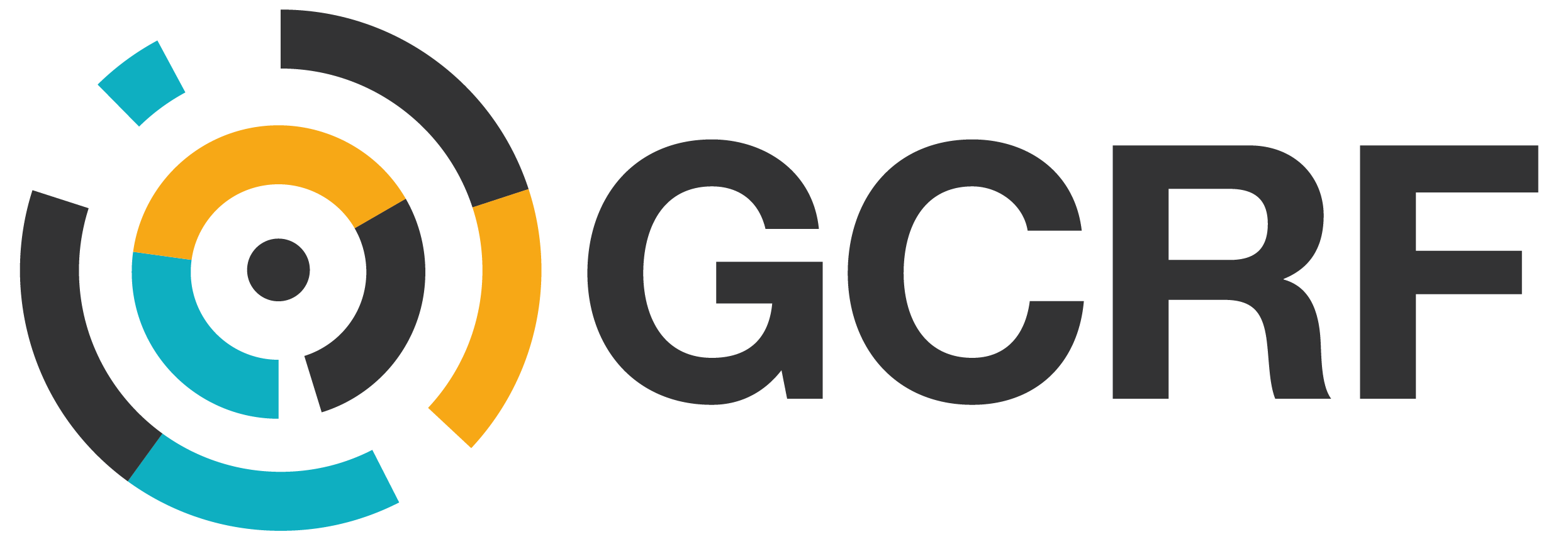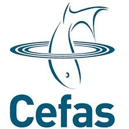Drivers of risk in small island developing states
Small island developing states (SIDS) are highly exposed to multiple marine and land-based hazards. This presents a significant challenge for their sustainable development. This project looks at how hazard exposure and the economic vulnerability of SIDS has been shaped by political, cultural and social processes; and how these have changed over the course of history, from the colonial era to the present day. We assess how these processes have influenced disaster impacts and recovery over time, highlighting, in particular, the implications of pursuing extraction-led economic development models that created new patterns of land use, exposing people and assets to multiple hazards.
This is a 9-month research project funded by the UK Global Challenges Research Fund. It is an interdisciplinary endeavour, involving historians, geologists, hydro-meteorologists, geographers and others from the Overseas Development Institute, University of East Anglia, HR Wallingford and University College London, the Centre for Environment, Fisheries and Aquaculture Science, Risk Management Solutions in the UK; the University of the West Indies and Seismic Research Centre, Secretariat of the Pacific Community, The University of the South Pacific, Island Heritage Initiatives, and Global Water Partnership.
The research focuses on two SIDS highly exposed to multiple hazards in the Caribbean and Pacific: Dominica and Vanuatu. The project is foundational - the aim is to develop a concept and methodology that can be applied to expand work in this area to other SIDS in other regions in the future.
By understanding the drivers of risk, a more considered approach to managing risk and developing more resilient small-island economies can be developed. We take this agenda forward through innovations in risk modeling, by incorporating a role for social support networks in a risk model for Dominica. By valuing this human dimension, which has played a critical role in disaster recovery in the past, risk modeling and therefore disaster risk reduction planning decisions can be enhanced.
Staff
-
Catherine Simonet
Research Associate
-
Ajoy Datta
Research Associate
-
Emily Wilkinson
Senior Research Fellow and Director, Resilient and Sustainable Islands Initiative





